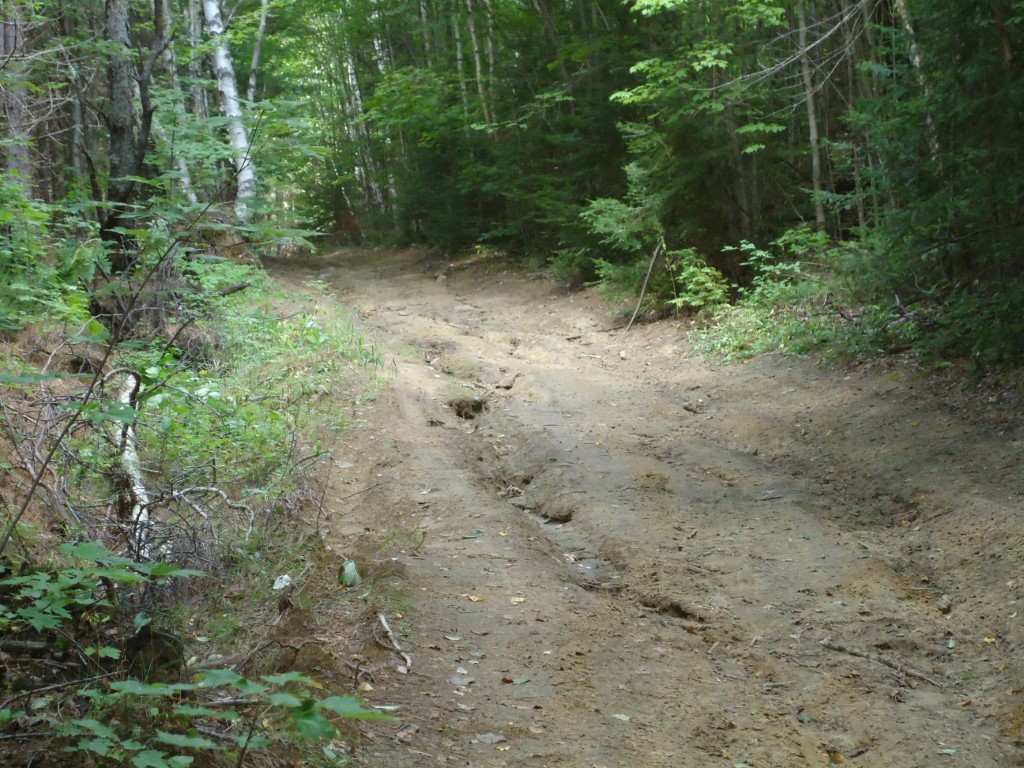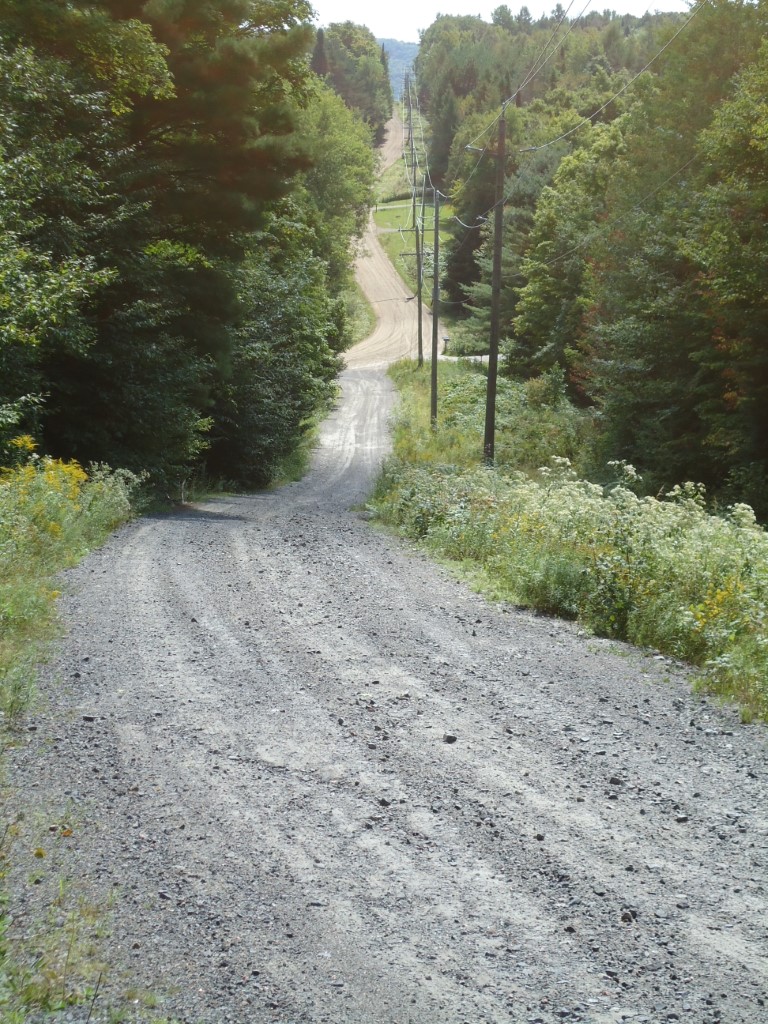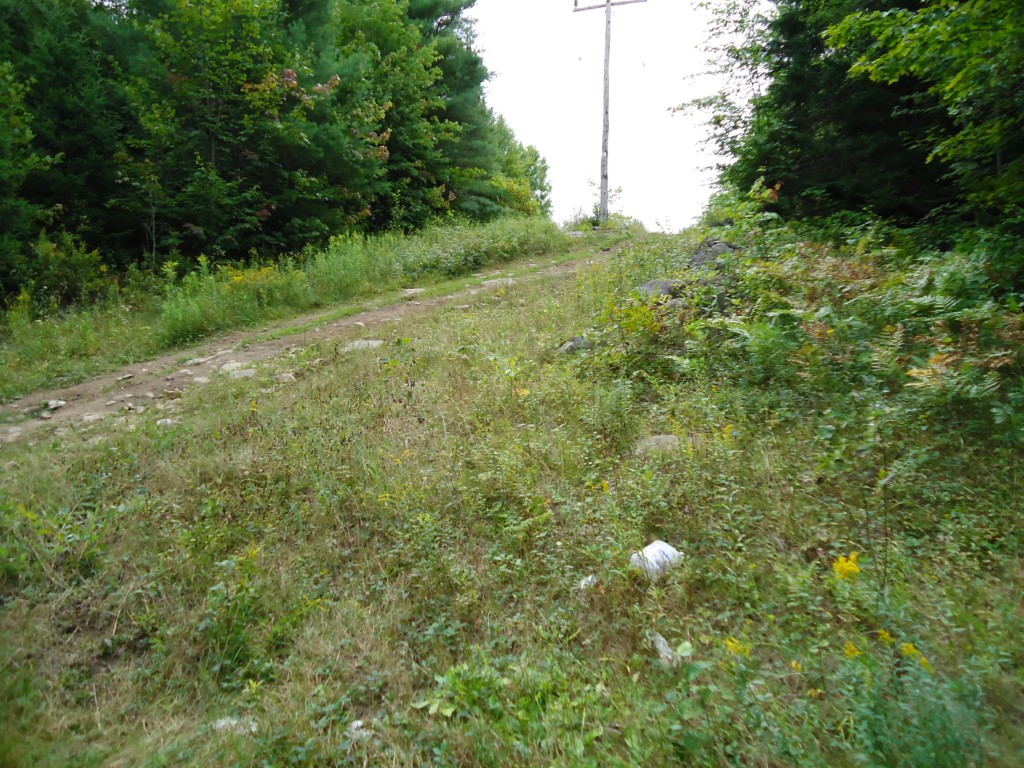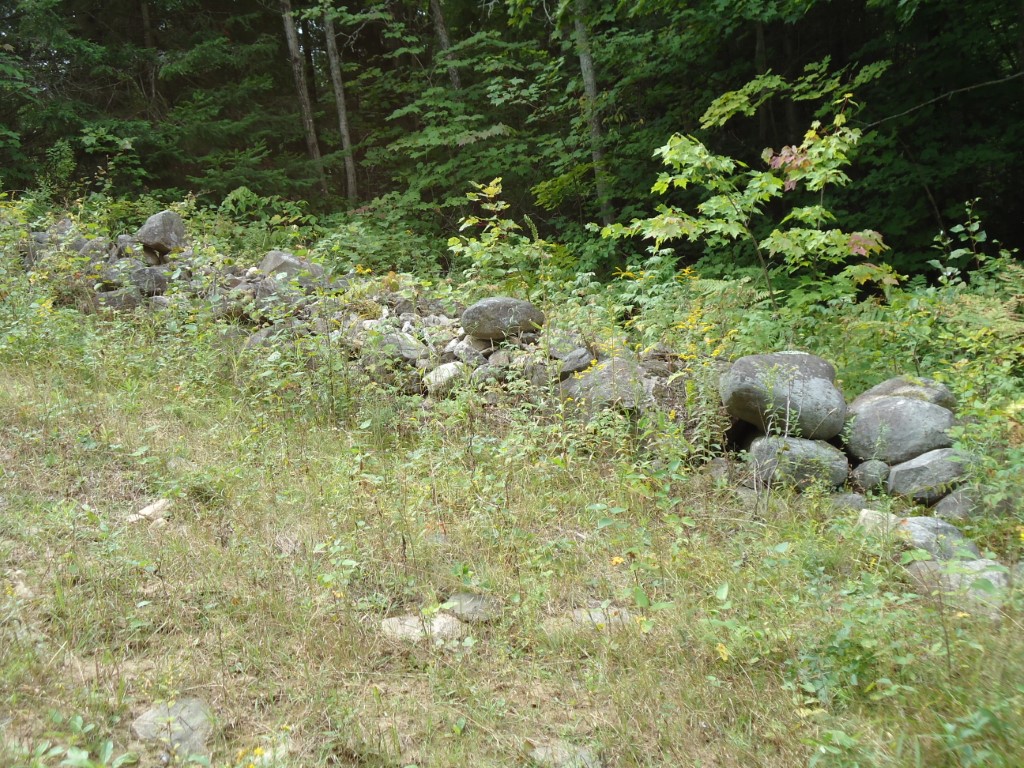HOW I AM REVISING MY MANUSCRIPT
I’ve been totally focussed for the past two weeks, revising the first draft of Muskoka’s Main Street. By December 31 I must have everything complete and submitted to the publisher. This includes:
- The manuscript according to the publisher’s prescribed format and style.
- All illustrations, maps, and pictures with captions and in the prescribed format.
- All “front matter and back matter”: table of contents, prelude, acknowledgements etc.
In short, the entire text and all graphics. The complete book.
It’s tight, but do-able. (Please nobody call and ask me to do anything until January!)
I’ll talk about graphics in another post, but here’s what I’m doing for the text itself. I work from a hard copy at this stage, and take three separate passes through the entire manuscript.
- Read it through from beginning to end. The earlier chapters I haven’t looked at in months; this gives me a fresh look at what I’ve written and a chance to check for flow, repetition and gaps – and to add in anything I’ve learned from new research since I’ve written this version.
- Incorporate the changes, suggestions and answers to questions from my critique group. As you, my faithful readers will know, I have a superb group of trusted writers and readers who have reviewed each chapter. They had lots to say and the book is far better for having their advice!
- Revise the text so it conforms to the style guide provided by the publisher. This includes things like page set up and standards for punctuation, and also some instructions for the book designer. All formatting gets stripped out for submission – no fancy, bold headers, nothing centred, and no italics except as defined in the style guide.
Some writers hate the revision process – I like it! In a way it’s easier than the first draft, since I already have something to work from; I’m not creating from scratch. Creating has its charms, for sure, but editing is like polishing silverware. The result is a shinier product, ready to lay out for company!
This is what page one of the book looked like, all marked up: Page One Marked UP
This is my definition of FUN!



